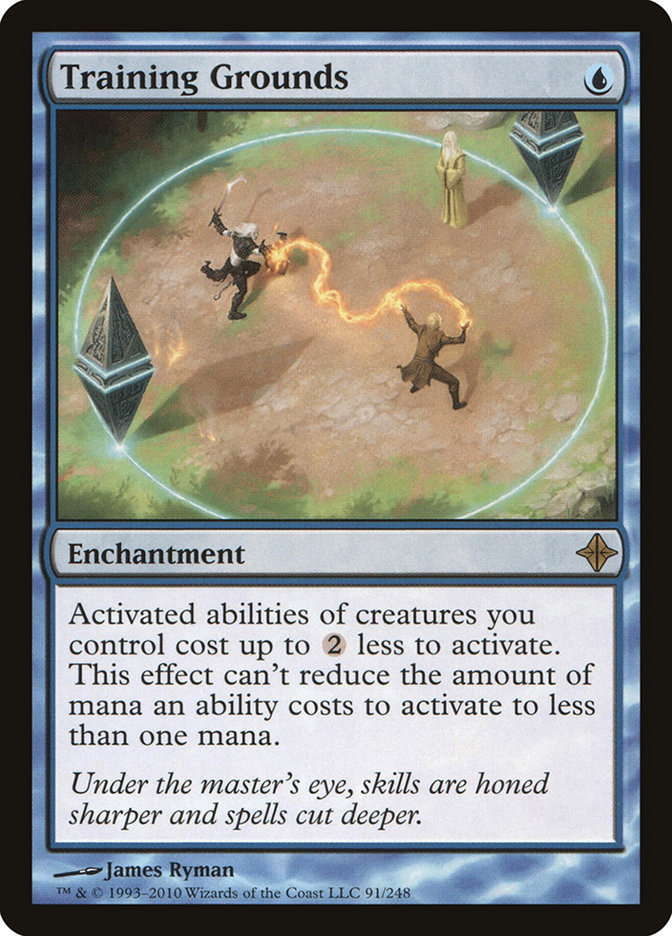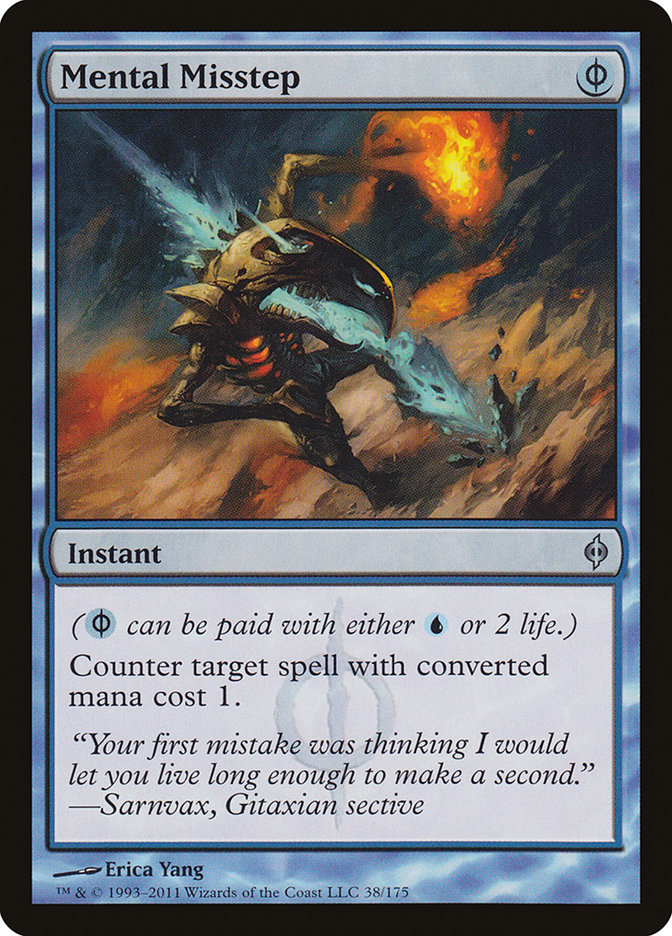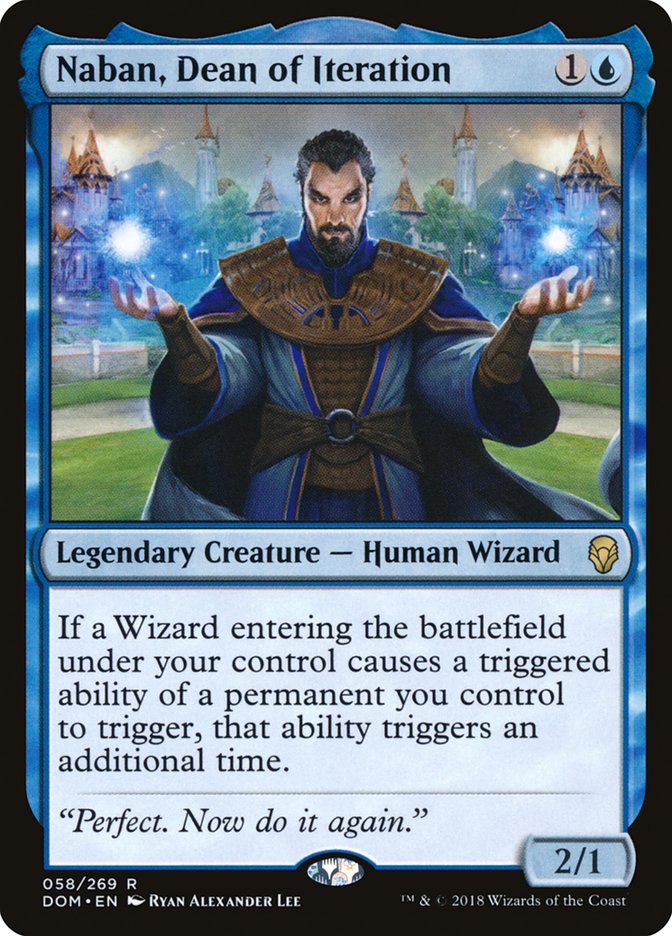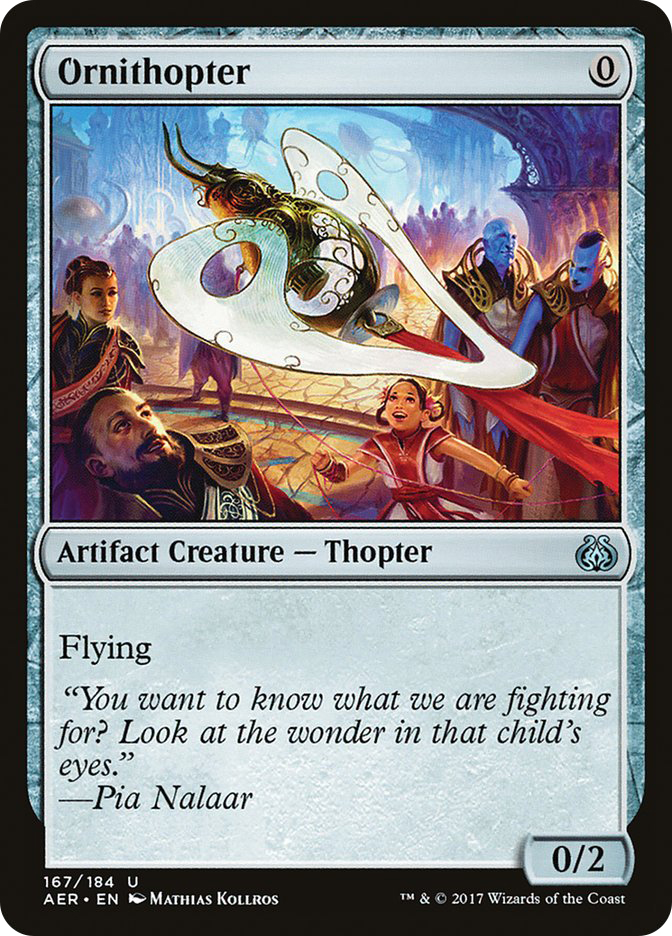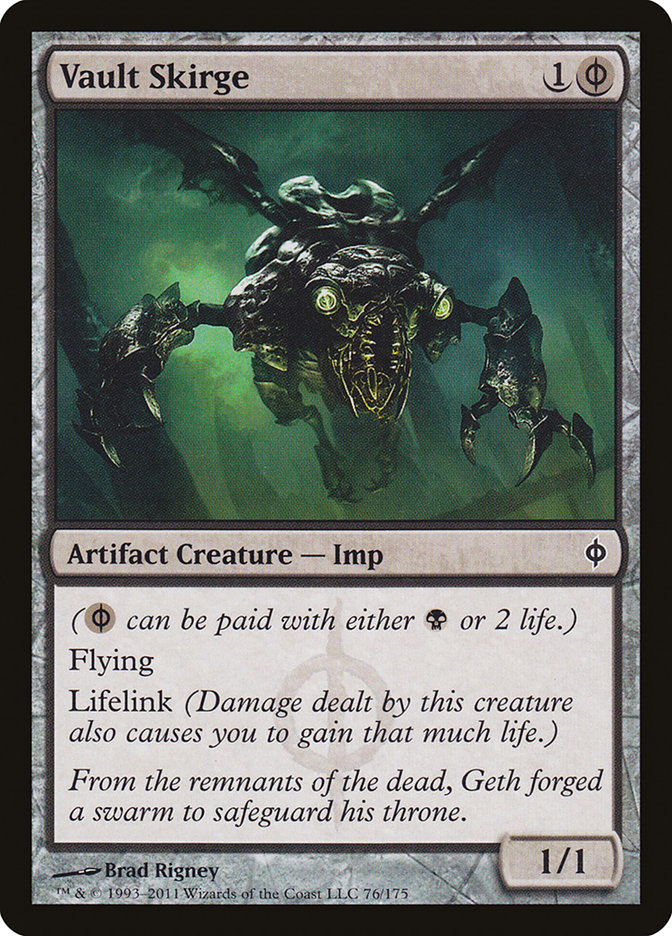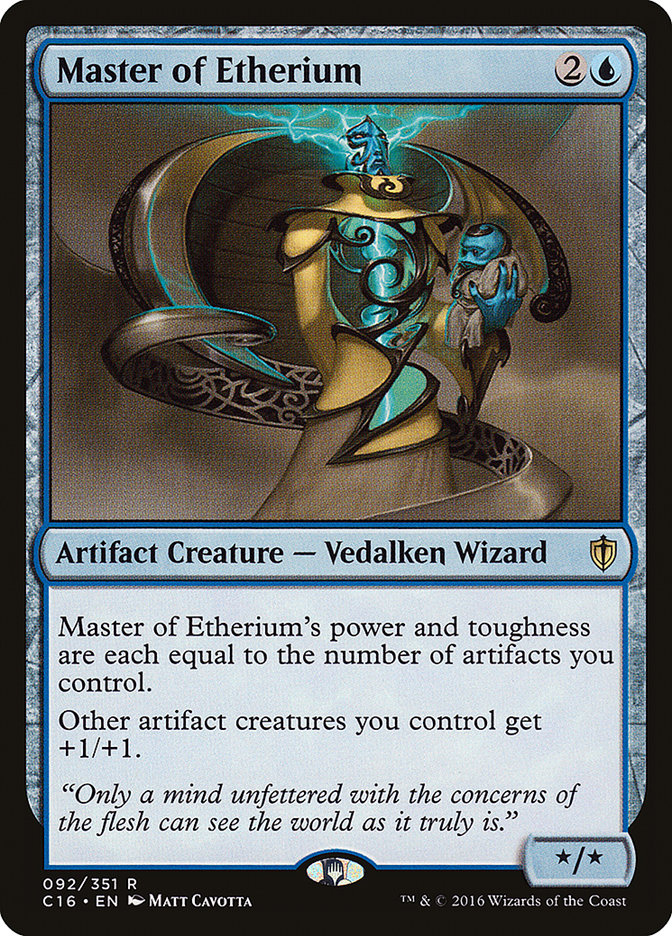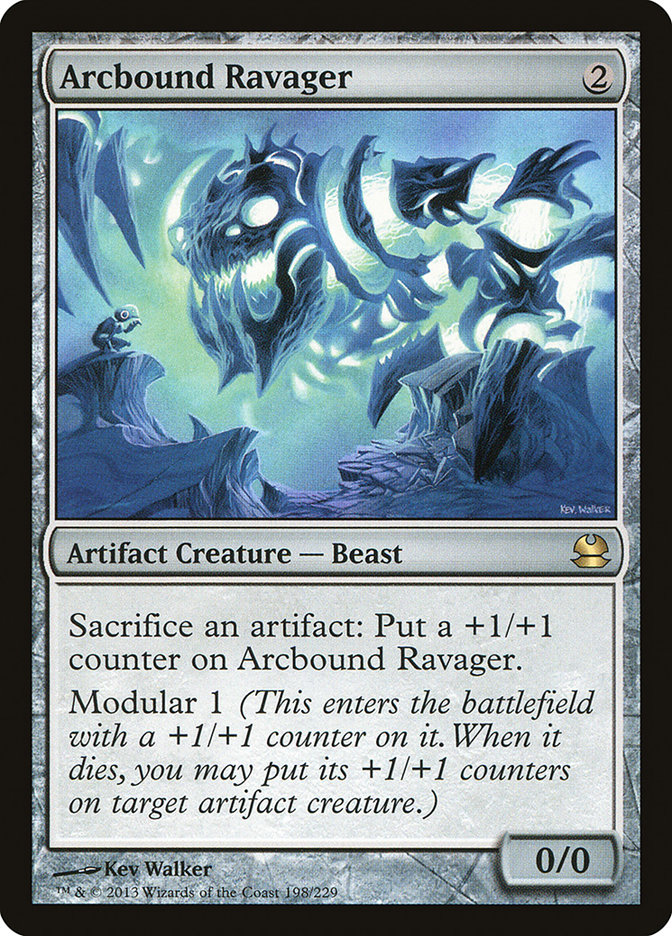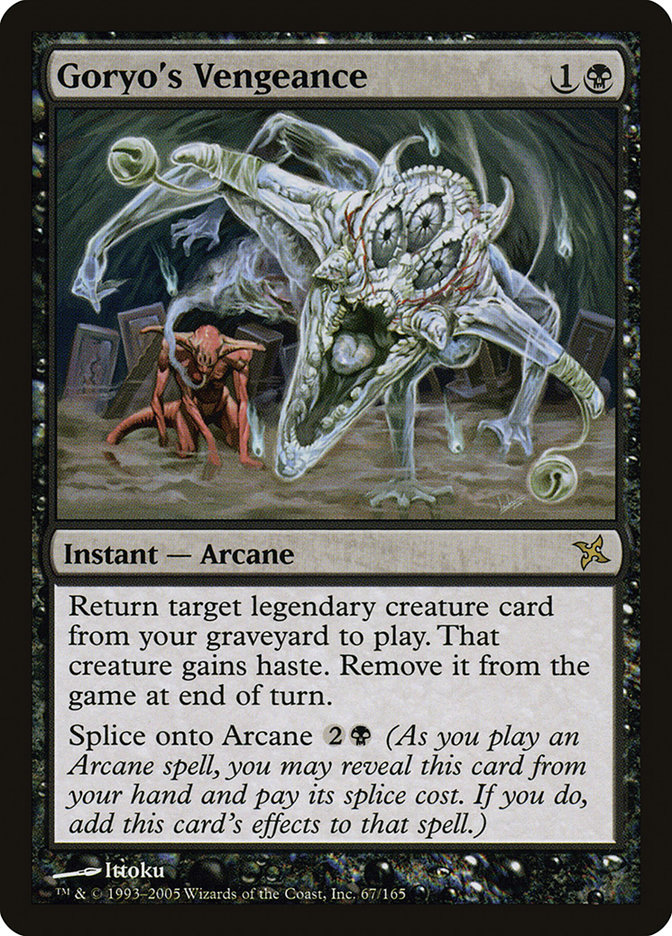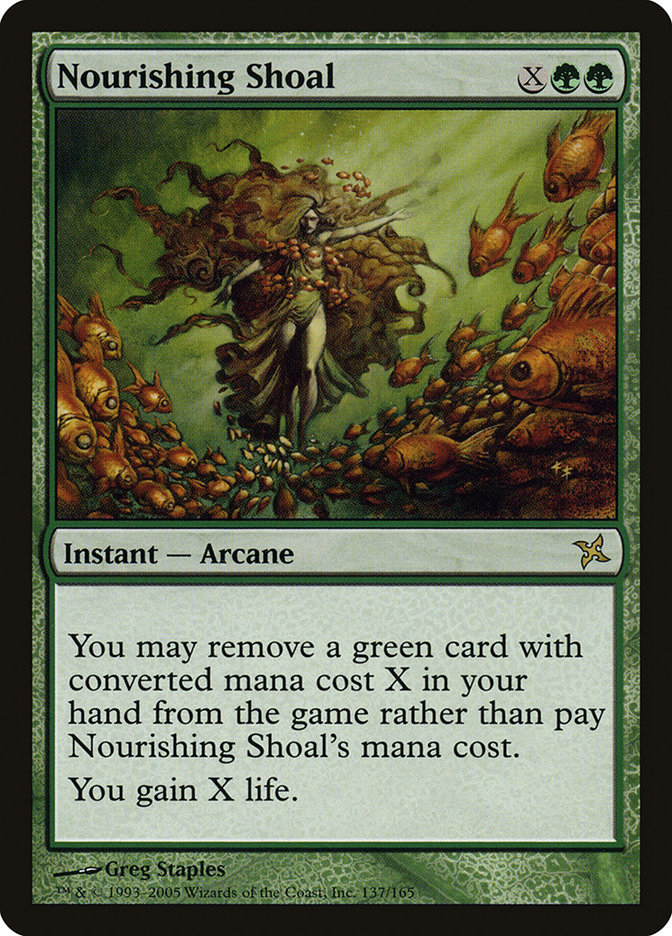Others often ask me, “How do I get better at Magic?”
I have asked this question a lot myself, and never really got a satisfactory answer. I think part of this is because no one really has a good answer. High-level players usually learn the hard way, through trial and error over many years. Yet raw experience alone isn’t the most efficient way of improving. Often you won’t be able to identify what you’re doing wrong and can develop bad habits.
General suggestions abound, like “play with people better than you.” This is good advice because it will put you in an atmosphere where players will call you out for your mistakes or suggest better lines. But while those things are good for your development as a player, you’re still only usually learning about things on a situation-by-situation basis. It’s like getting all the correct answers to a test: sure, you’ll know the answers to the questions that you’ve seen before, but you’ll miss the logic behind why that answer is correct and how you could arrive at that solution on your own.
I recently started coaching Magic players, which has allowed me to see into the minds of others. This has been eye-opening for me, showing me the thought processes they go through when making decisions. It’s difficult to pin down exactly how your own mind processes these decisions, but watching other players has taught me a lot about how our brains work.
When working with clients, I try to make sure that I’m not just showing them the correct lines every time and giving them the answer to each situation that comes up. Instead, I ask them to explain to me what they think the correct line is and I ask them how they came to that conclusion, because the thing I’m really trying to help them with is improving the way they think about the game. By hearing their perspective on each situation, I can identify where they may be going wrong in their reasoning.
So far, I’ve identified a couple of common logical mistakes.
Winning Lines
In Magic, you often have a lot of lines to choose from. Generally, from these lines, one will give you the highest percentage chance to win the game. We consider this line the “best line.” The problem is that players often don’t give themselves the best opportunity to find the best line because they don’t take the time to come up with more than one decent line. Players will come up with a line that’s “good” but not necessarily the “best”. Then they believe they’re done thinking through the situation and go ahead and proceed with the first line that they thought up.
Sometimes, potentially even more often than not, the line they came up with is the correct one. Sometimes the play is obvious and the players won’t get punished for not thinking about it too much. You see this in the first couple of turns of every game, where players are just making land drops and casting their cards on curve. It’s hard to mess up. But when the game goes on and becomes more complicated, it’s easy to fall into the trap of continuing on autopilot and not considering all of your options.
I find myself frequently asking players to slow down and think about other potential plays they could make in each situation. The first step is simply helping them identify all the good lines available. Once you get to a point where you can identify all the potentially good lines, you’re only halfway there. You must figure out which one is the best line, and this is often based on knowledge of what you expect your opponent to do or have.
This knowledge of how you expect the games to play out and what you expect your opponent to do in particular situations is crucial to determining which of our potential lines is the most profitable. Unfortunately, this knowledge is the hardest thing to teach, because it is learned best through experience. Knowing how a game is going to play out comes from playing similar games repeatedly.
In order to increase this knowledge base, I suggest that players play as much as they can, but failing that, consume as much content as they can. There’s an enormous wealth of Magic content out there, and I suggest reading as much of it as you can. The more exposed you are to scenarios in Magic, the better equipped you will be to understanding what’s happening and going to happen in each game. Emma Handy recently wrote an article on the best ways to consume Magic content and I recommend you check that out.
When coaching, I do my best to describe how I expect each game to play out, and I lay out what I believe to be our opponent’s gameplan in each scenario. It’s amazing how often knowing these gameplans will allow the player I’m coaching to identify which of the lines we have discussed will be the best in each scenario. All you need to do is bring together understanding of what’s going on at a large scale in each game to each micro-decision point.
Step by Step
If you’re ever stuck on a decision point in Magic, I recommend following this three-step guide to help you find the best line.
Step 1: Evaluate how you expect the game to play out from this spot and figure out what you expect your opponent to do in the following turns.
Once you can figure out your opponent’s plan, you will be much more informed on what you need to be doing to either stop their plan or make sure the game plays out in a way that best benefits you.
Step 2: Identify multiple potential lines.
Even if you’re confident that the first line you thought of will be the strongest one, it’s still in your best interest to get in the habit of considering a few more lines. This will help you see the more unintuitive lines that can often turn out to be much stronger.
Step 3: Evaluate how each of your potential lines will make the game play out.
This is the easiest way to figure out which line is the strongest. If you can figure out the spot that each line will leave you in, you should be able to determine which of those spots is the best situation for you.
Let’s take a look at a scenario I came across recently and use these three steps to see if we can come up with the best line.
Scenario: Affinity vs. Grishoalbrand
We’re playing Affinity against Grishoalbrand. We have an Ornithopter, a Vault Scourge, a 6/6 Master of Etherium, and an Arcbound Ravager on the battlefield. Our opponent is at 16. We’re representing an extremely fast clock with eleven power currently on the battlefield. Our opponent surely will lethal if we can make it to our next turn.
But before we make any plays, let’s follow Step 1 and evaluate again based on what we expect our opponent to do on their next turn. Their best play, and likely their only line to victory, is to use Goryo’s Vengeance to reanimate the Griselbrand in their graveyard. Because they’re at a low life total, however, their only way to draw cards with it will be to either have a Nourishing Shoal and a green card or to connect with an attack with Griselbrand and combo off from there.
So, Step 2: what are our possible lines? We could attack with all our creatures, putting our opponent down to five. Or, because we’re expecting our opponent to reanimate Griselbrand on their next turn, we can hold back one of our fliers to block it. This is even more appealing because we have an Arcbound Ravager on the battlefield.
If we evaluate this line with Step 3, we will see that this line allows us to block Griselbrand with an Ornithopter, and, before damage, sacrifice the Ornithopter to the Arcbound Ravager. This will prevent the Griselbrand from dealing any damage, thus not allowing our opponent to gain life to start drawing cards with Griselbrand. This is clearly the best-case scenario for us, which tells us that holding back the Ornithopter is the best line for us to take.
This example is pretty cut-and-dried, but you can see how evaluating situations with these three steps can help you identify which line you want to take. It would be easy to overlook this line if you failed to remember Step 1, thinking about what we expected our opponent to do on their following turn. Many players could end up attacking with all their creatures and crossing their fingers that their opponent couldn’t kill them, when in fact we had an excellent line available to us that could take away a lot of our opponent’s outs.
I hope you found this article insightful and that it will help you work through the tough decisions that you face in Magic. If you’re interested in signing up for a coaching session with me, find out more, or you can schedule a session with me directly.
I hope I’ll get to see some of y’all soon!


